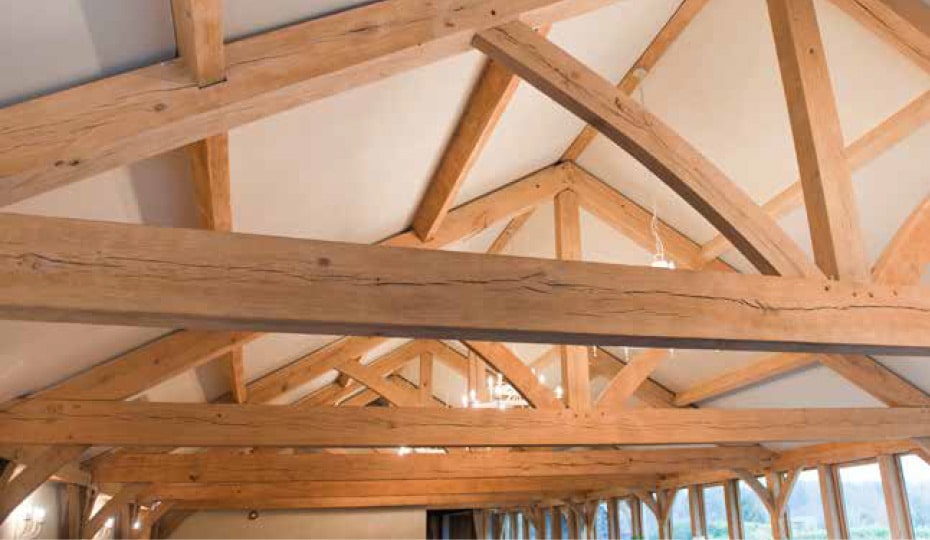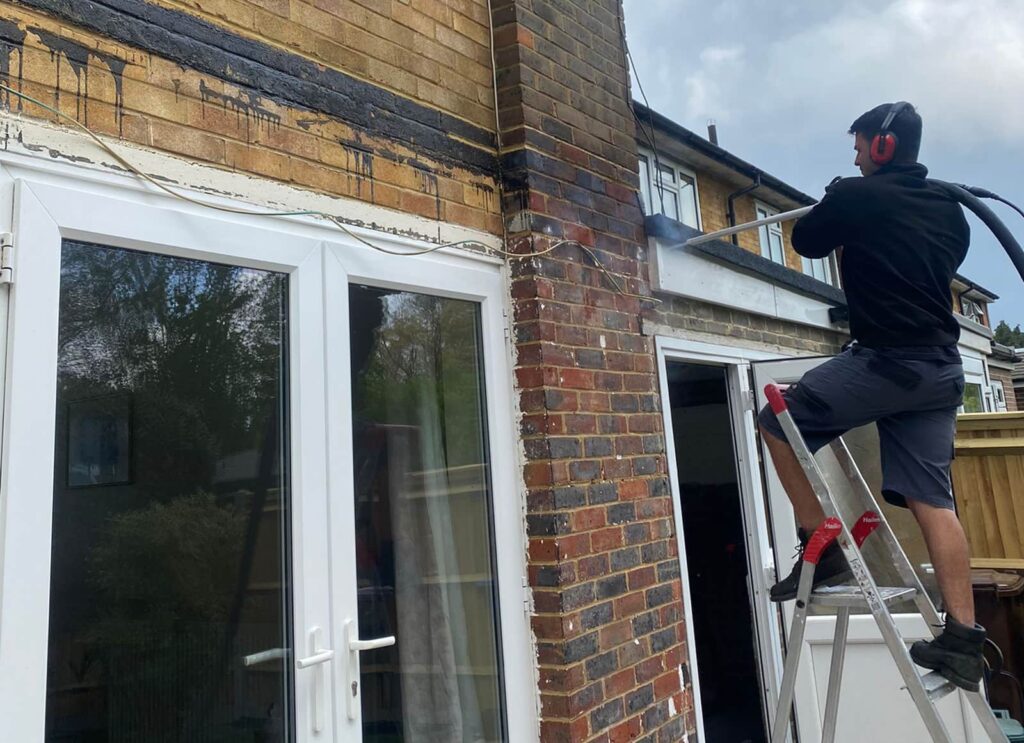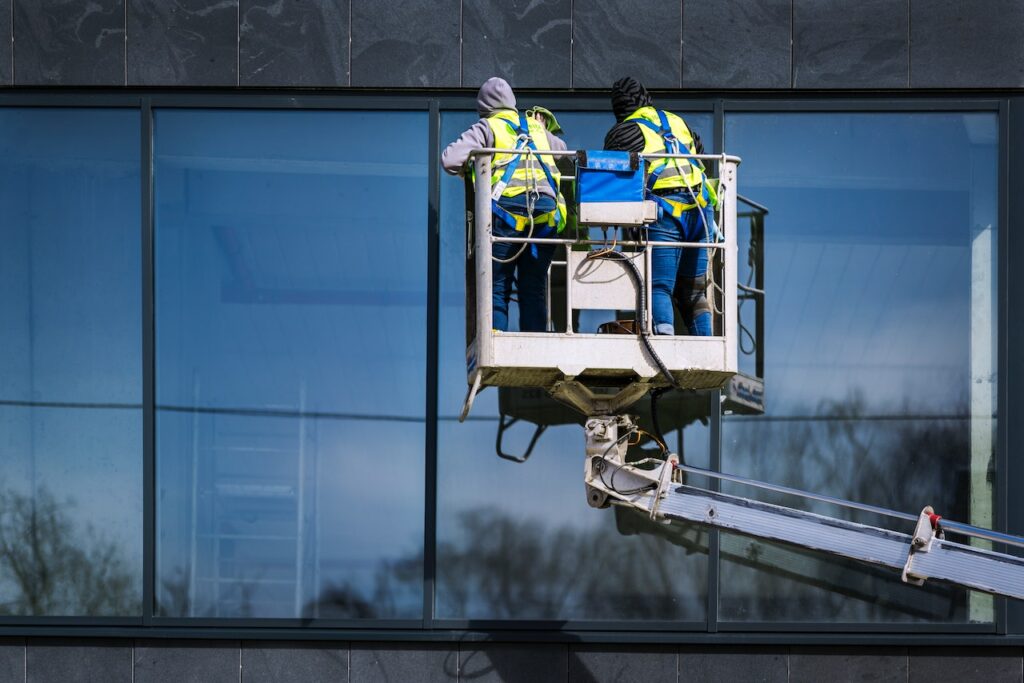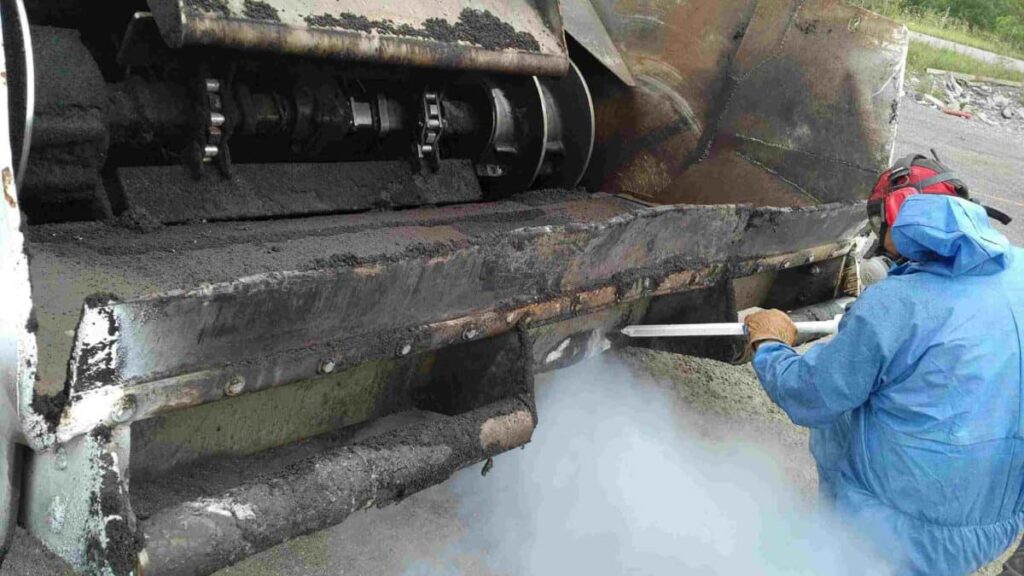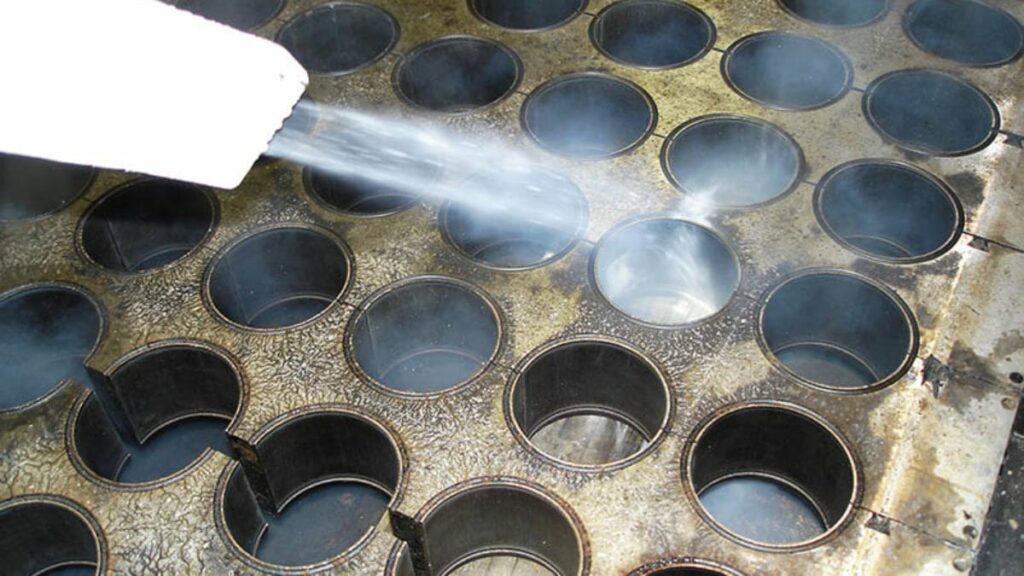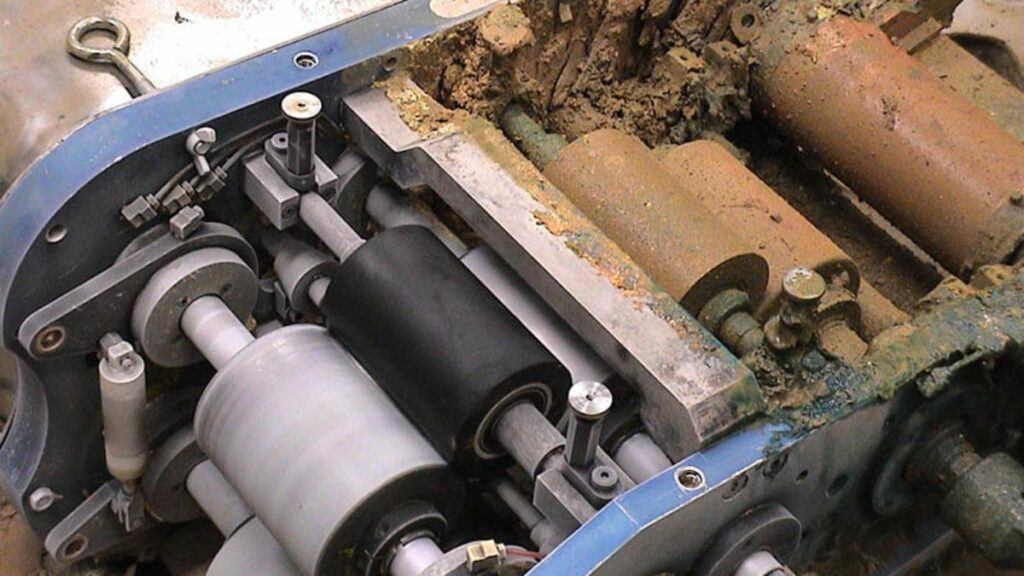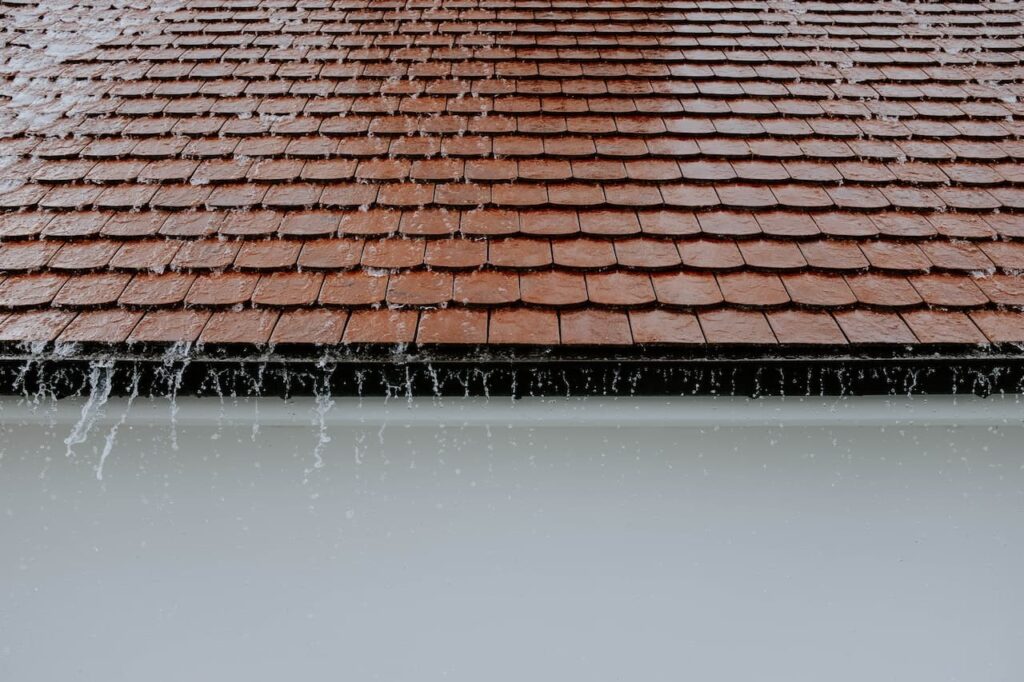Careful cleaning for stone, brick, timber and metal in historic settings. We protect original fabric while removing soot, salts, paint residues and grime. Methods are dry, low-pressure and low-dust. Work is planned with surveys, test patches and clear risk assessments.
What is Dry Ice Blasting?
Dry ice blasting uses compressed air to propel solid CO₂ pellets at the surface. On contact, the pellets turn to gas (sublimation). This lifts soiling and breaks the bond with coatings. There is no water and no secondary abrasive left behind. Waste is only the material removed.
When we use it
Dry ice is useful on soot, smoke residues, tar, grease, light coatings and general grime. It is gentle on detail, so it suits carved timber, intricate stonework and fixtures. It can help with varnish or paint where the aim is to thin or release layers without scouring the substrate.
When we choose other methods
Not every surface needs dry ice. Heavy coatings, friable stone or salt-laden brick may need poultices, steam or micro-abrasive work. We always trial first. The method is selected after a site survey and small test area.
Benefits for heritage sites
-
Dry process. No added moisture.
-
Low dust and minimal mess.
-
No harsh chemicals.
-
Protects edges, tooling marks and grain.
-
Fast set-up and clean-down in sensitive areas.
What we clean
-
Churches, museums and listed homes
-
Stone and brick façades
-
Timber beams, joinery and panelling
-
Metals, fixtures and services in plant rooms
-
Interiors after fire or smoke damage
Our process
-
Survey and conservation-led brief.
-
Test patches and method statement (RAMS).
-
Protection of adjacent fabric and collections.
-
Phased cleaning with ongoing review.
-
Hand finishing and detail work.
-
Clean site handover with photos and report.

